In the vast tapestry of botanical wonders, some plants stand out as peculiar anomalies, challenging our preconceived notions of what flora can be. From carnivorous blossoms to living stones, join us on a journey through the top 12 strangest plants that showcase the diverse and fascinating world of botanical eccentricity.
1. Corpse Flower (Amorphophallus titanum)
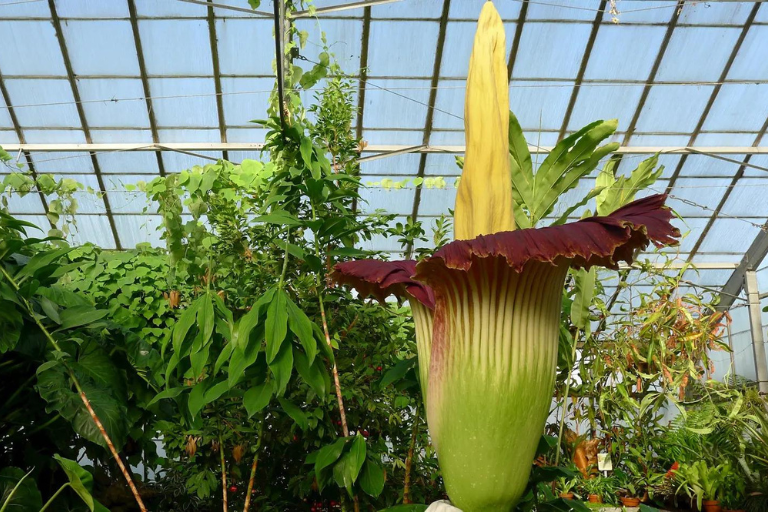
Known for its colossal size and foul odor resembling that of a decomposing corpse, the Corpse Flower captivates and repels in equal measure. Blooming infrequently, this botanical spectacle draws crowds eager to witness its rare and otherworldly display.
2. Venus Flytrap (Dionaea muscipula)
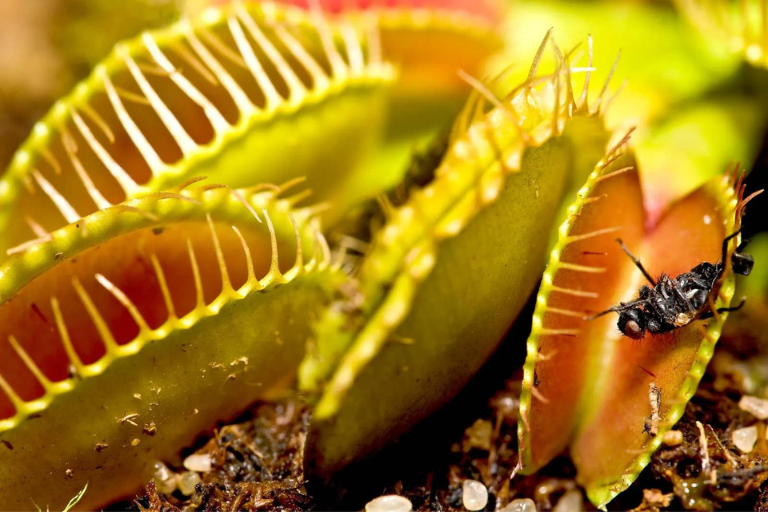
A master of deception, the Venus Flytrap lures unsuspecting insects into its toothy embrace, demonstrating a carnivorous prowess that sets it apart in the plant kingdom. The rapid snap of its hinged leaves is a testament to nature’s ingenious adaptations.
3. Welwitschia mirabilis
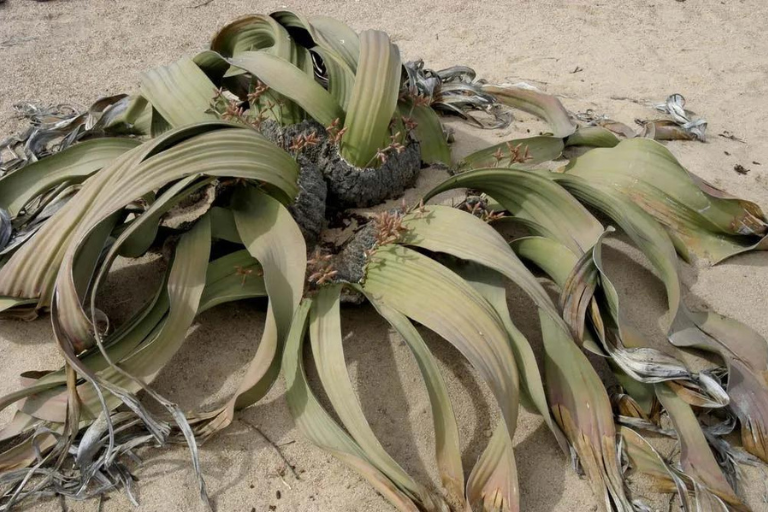
Endemic to the Namib Desert, the Welwitschia mirabilis is a living fossil that defies conventional notions of longevity. With just two leaves that continuously grow throughout its lifespan, this enigmatic plant can survive for centuries, enduring the harshest desert conditions.
4. Sundew (Drosera)
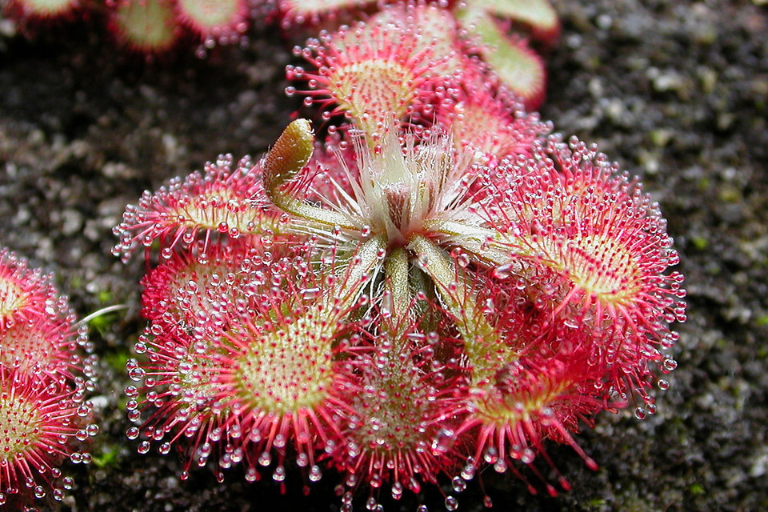
Tiny but deadly, the Sundew employs sticky, glandular tentacles to ensnare and digest insects. Found in nutrient-poor soils, these carnivorous plants have evolved a unique strategy to supplement their nutritional needs.
5. Baobab Tree (Adansonia)
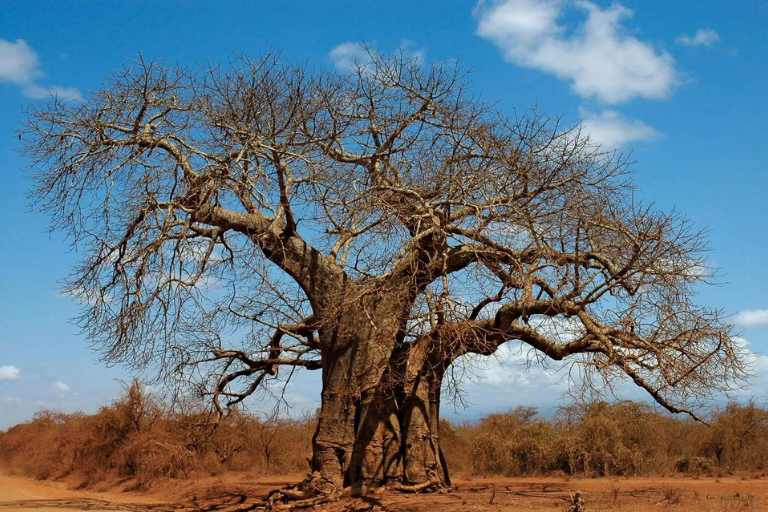
With its bulbous trunk and gnarled branches, the Baobab Tree stands as an iconic symbol of the African savannah. Known for storing water within its massive trunk, this peculiar tree plays a vital role in local ecosystems and cultural traditions.
6. Strawberry Tree (Arbutus unedo)
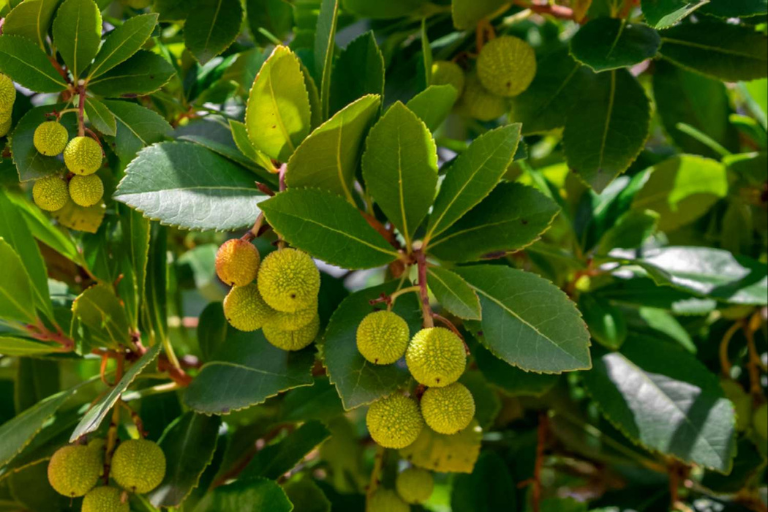
Named for its strawberry-like fruit, this tree is remarkable for its ability to simultaneously bear flowers and fruit from the previous year, creating a captivating and colorful spectacle in various landscapes.
7. Dragon’s Blood Tree (Dracaena cinnabari)
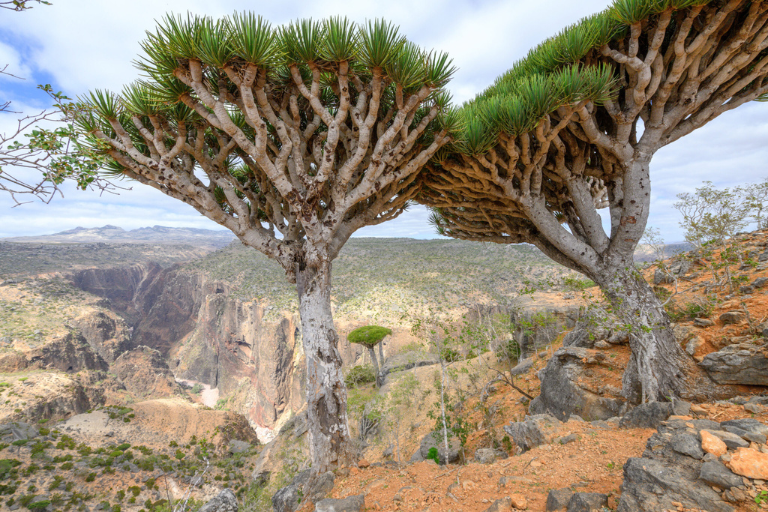
Endemic to Socotra, an isolated archipelago in the Indian Ocean, the Dragon’s Blood Tree is renowned for its umbrella-shaped crown and crimson sap, historically prized for its medicinal and cosmetic applications.
8. Pitcher Plant (Nepenthes)
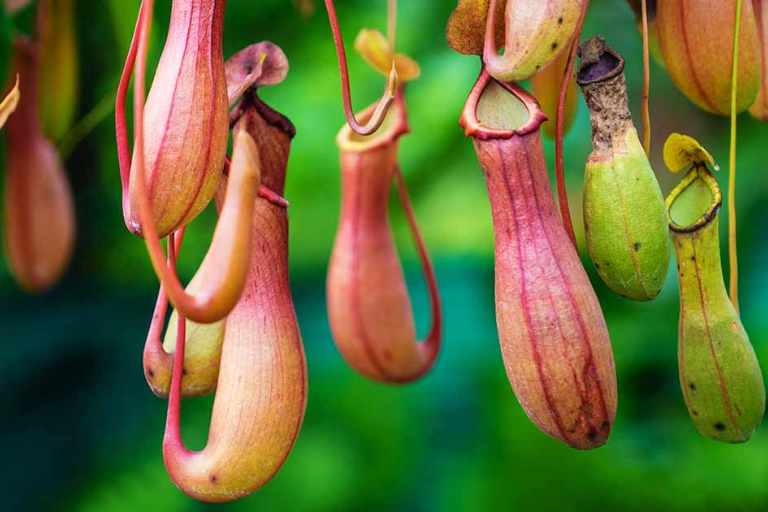
Embodying nature’s cunning traps, the Pitcher Plant uses modified leaves to create pitfall traps filled with digestive fluids. This ingenious adaptation allows it to supplement its nutrient intake by capturing and consuming insects.
9. Living Stones (Lithops)
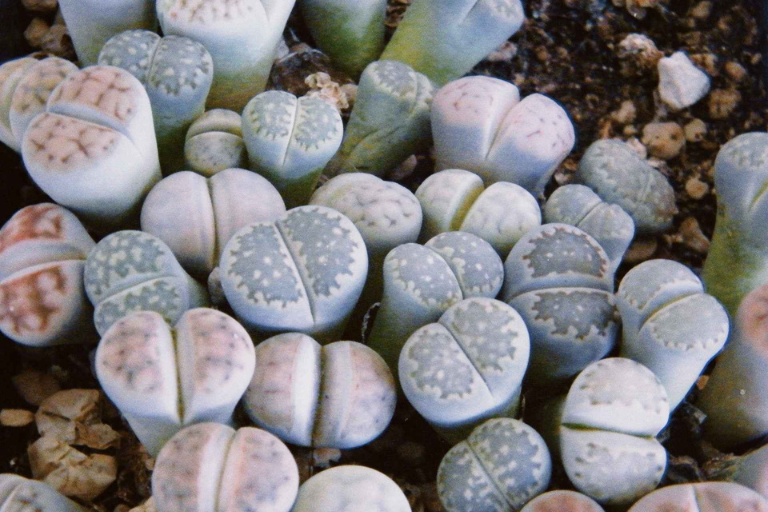
Masters of camouflage, Living Stones mimic the appearance of rocks to evade herbivores in their native South African habitats. Their ability to blend seamlessly into the arid landscape showcases the marvels of natural mimicry.
10. Rafflesia arnoldii
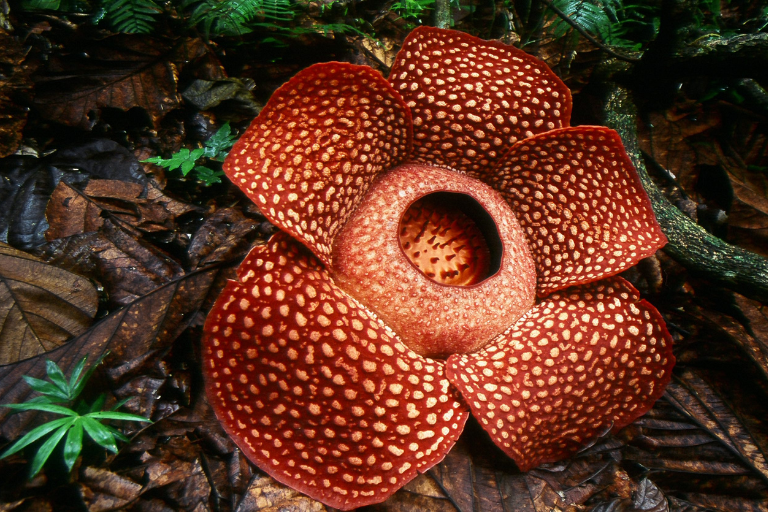
Heralded as the world’s largest flower, the Rafflesia arnoldii produces blooms that can reach over three feet in diameter. Notably, it emits an odor reminiscent of rotting flesh to attract pollinators, earning it the moniker of “corpse flower.”
11. Sensitive Plant (Mimosa pudica)
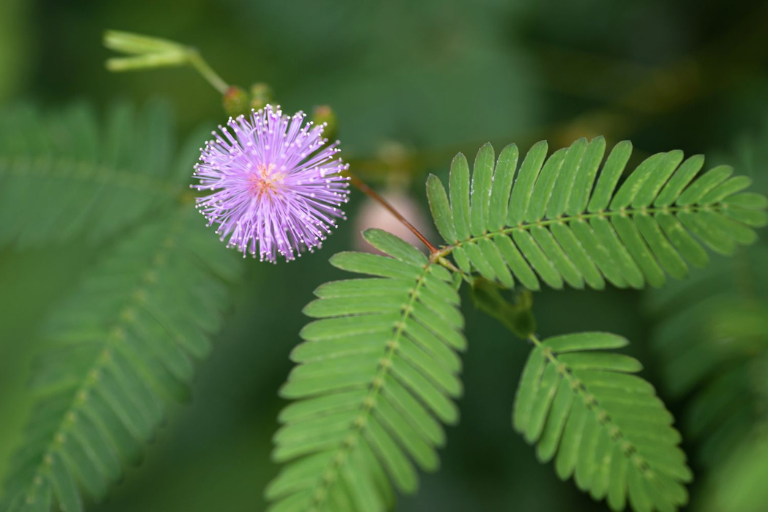
Reacting to touch with rapid leaf-folding, the Sensitive Plant displays an extraordinary sensitivity that has captivated botanical enthusiasts for centuries. This unique trait serves as a defense mechanism against herbivores.
12. Dancing Plant (Desmodium gyrans)
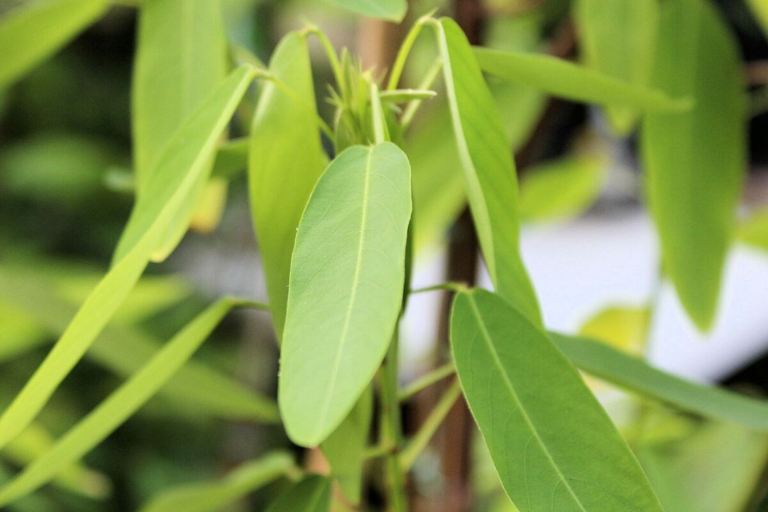
Intriguingly known as the Dancing Plant, this species showcases rhythmic leaf movements influenced by light and temperature changes. Its swaying motion adds a touch of botanical choreography to the wonders of the plant kingdom.



GIPHY App Key not set. Please check settings